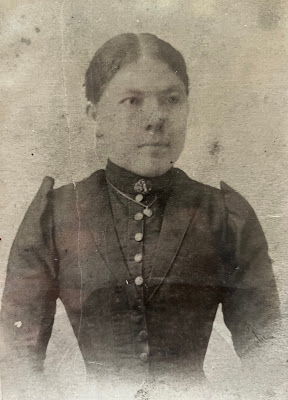My cousin and I were cycling around Hungary's Lake Balaton in 36 degree heat. Global climate change ensured that our outing was taking place during the absolute hottest month of July (2023) ever recorded - ever since even humans learned how to cycle! As I was visiting from Canada, and because we're both avid cyclists, we decided even though the entire European continent was enveloped in an infernal heatwave, that this was the day to set-out.
Lake Balaton, Central Europe's largest, is a defining feature in the Hungarian landscape - both the natural, external, geographic landscape, and within, the interior, psychologic landscape. People literally love this body of water. One can frequently hear Hungarians talking about how while they may have swam elsewhere in the world, nothing compares to swimming in their precious Lake Balaton; sometimes referred to as the Hungarian Sea or the Hungarian Mediterranean. Beautiful indeed.
 Given the record-breaking heat, we decided to tackle the smaller 85 kilometre circuit (see the accompanying Strava route map) which included a short ferry ride. In addition to stunning sunflower fields, we were able to cool down en route at some lovely, popular beaches. The wild cherry draught beer (naturally in moderate quantities) was also real nice.
Given the record-breaking heat, we decided to tackle the smaller 85 kilometre circuit (see the accompanying Strava route map) which included a short ferry ride. In addition to stunning sunflower fields, we were able to cool down en route at some lovely, popular beaches. The wild cherry draught beer (naturally in moderate quantities) was also real nice. Next time, I hope to cycle the entire "Balatonkör" - the complete 204 km circuit of Lake Balaton.
My summer in Hungary - Magyarország in Hungarian - turned out to be quite an active affair which included a week-long hiking trip through Nográd County in northern Hungary. At times we simply walked in and out of Slovakia through the ancient forest straddling the two countries.
I aim to weave a spiritual dimension into all my travels. Sometimes I actively plan this, while on other occasions the sacred unexpectedly reveals itself - allowing me a momentary, luminous glimpse into Heaven on Earth. As such, my heart quickened when I learned from our guide that we were walking in an area near Salgotarján where 18th century hermit caves had been carved out of the basalt. After climbing up the steep slopes and looking out at the expansive landscape from within this cave - for a moment, I understood that I was peering out into the infinite.
On another day of hiking, our small group visited a Buddhist temple. Now, while I knew of the Hungarian pilgrim-scholar, Körösi Csoma Sándor (at times, he used the Anglicized, Alexander Csoma de Koros), I was astonished to visit an authentic Buddhist Temple in this rather remote region of Hungary in the small village of Tar. Here a Peace Stupa was constructed by the local Karma Kagyüpa Buddhist Community and later consecrated by His Holiness the Dalai Lama to honour the life of the itinerant Hungarian mystic, poet, seeker and linguist, Csoma Sándor. It was he who opened the eyes of the Western world to Buddhism by creating the first ever Tibetan-English dictionary whilst living in harsh, self-imposed isolated conditions in another remote hermitage cave; this one in Zanskar, in the faraway, enchanted Indian Himalaya.
Earlier this year I had been trekking in the Nepal Himalaya and was familiar with Tibetan flags strung across high mountain passes. Seeing them here flutter in the hot Hungarian landscape surrounded by linden leaves and not along glaciated high altitude peeks, I had a sense of the universality of, and indeed, the need for, their essential message of peace, unity and compassion for all sentient beings.
(The credit for the two photos from this Buddhist community do not belong to me. The stupa in the sunset is from the Group's website and the Tibetan prayer flags were photographed by my cousin, Magda. In my astonishment to have stumbled upon this reverential place, I was so swept away that I remembered to take only one picture of a sacred text.)
Bús Zsófia was my father's grandmother. Little is known of her, except that she was born on April 14, 1874 and passed away on August 8, 1922. She was born in Várpalota, the same Hungarian village where my dad was born and where this summer I was visiting with my few remaining relatives. She is my great grandmother. I gathered this limited, preliminary information by talking with archivists and searching birth and death certificates at City Hall.
One afternoon, whilst hiking in the ancient oak forest with my cousin, she told me that another relative (everyone I meet seems somehow to be "a relative" in this town) recalled stories of how Zsófia was buried in the nearby, abandoned old cemetery. As a little girl she would occasionally visit Zsófia's tomb and was therefore able to describe for us the location of her gravestone.
 We found the overgrown tombstone and began clearing it up. What a totally unexpected, meaningful and powerful encounter it was for me to discover the place where my great grandmother had been resting for over a hundred years. And so the journey goes on ...
We found the overgrown tombstone and began clearing it up. What a totally unexpected, meaningful and powerful encounter it was for me to discover the place where my great grandmother had been resting for over a hundred years. And so the journey goes on ...















